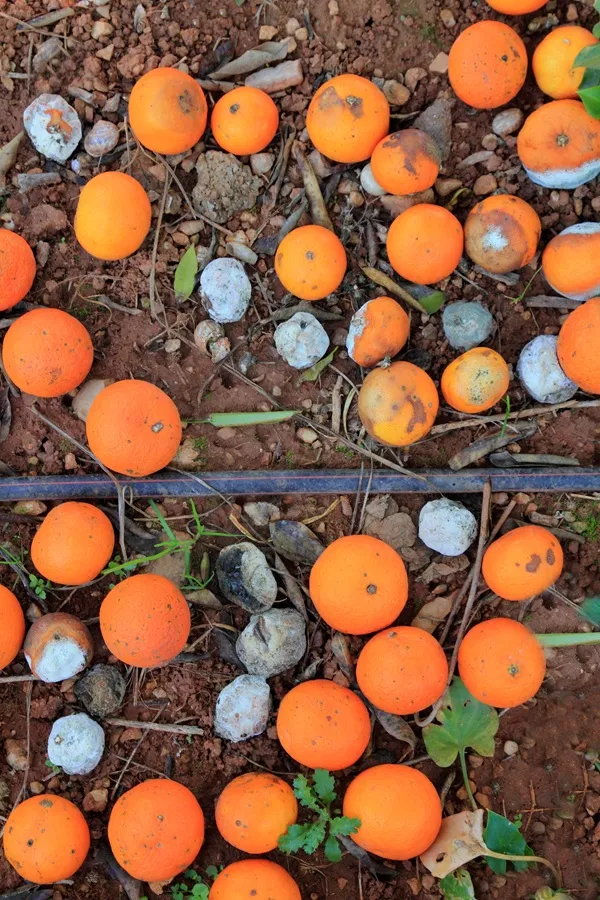Table of Contents
Honeydew Melons: The Sweet Essence of Summer – A Comprehensive Guide
Honeydew melons (Cucumis melo var. inodorus), with their pale green flesh and refreshing sweetness, are a summertime favorite. This article explores their global varieties, cultivation practices, nutritional benefits, culinary versatility, and economic impact.
1. Global Varieties of Honeydew Melons
Honeydews are categorized by flesh color, texture, and regional adaptations:
- Classic Green Honeydew: Pale green flesh, sweet and juicy (common in the U.S. and Europe).
- Golden Honeydew: Yellow-orange flesh, slightly floral (grown in Asia and the Middle East).
- Orange Honeydew: Hybrid with cantaloupe-like sweetness (popular in Mexico).
- Winter Honeydew: Thick rind, longer shelf life (cultivated in China and Iran).
2. Taste & Culinary Uses
- Flavor Profile: Subtly sweet with hints of honey and cucumber; firmer texture than cantaloupe.
- Usage:
- Fresh: Sliced in fruit salads, paired with prosciutto, or blended into smoothies.
- Desserts: Sorbets, granitas, and melon balls in champagne.
- Savory: Gazpacho, salsas, or pickled rind.
- Preserves: Jams, jellies, or candied melon strips.
3. Nutrition & Health Benefits
- Nutritional Value (per 100g):
- Calories: 36 | Fiber: 0.8g | Vitamin C: 34% DV | Potassium: 6% DV
- Glycemic Index (GI): 65 (moderate; lower when paired with protein/fat).
- Health Benefits:
- Hydration: 90% water content aids in fluid balance.
- Immune Support: High vitamin C boosts immunity.
- Heart Health: Potassium regulates blood pressure.
4. Cultivation & Climate Requirements
- Ideal Conditions:
- Climate: Warm, dry summers (25–30°C daytime, 15–20°C nights); frost-sensitive.
- Soil: Well-drained, sandy loam; pH 6.0–6.8.
- Water: Consistent irrigation (avoid waterlogging).
- Pollination: Bees and other pollinators critical for fruit set.
5. Pests & Diseases
- Common Pests: Aphids, cucumber beetles, and spider mites.
- Diseases: Powdery mildew, fusarium wilt, and mosaic viruses.
- Solutions: Crop rotation, resistant varieties (e.g., Honey Brew), and organic pesticides.
6. By-Products & Processing
- Juices/Smoothies: Blended with mint or lime for refreshment.
- Dried Honeydew: Dehydrated slices for snacks or trail mixes.
- Melon Seed Oil: Cold-pressed for skincare products.
- Rind Uses: Pickled or candied for zero-waste cooking.
7. Storage & Preservation
- Fresh:
- Store uncut melons at room temperature; refrigerate cut pieces in airtight containers (5–7 days).
- Freezing:
- Cube and freeze on trays; use within 6 months (texture softens, ideal for smoothies).
- Drying: Dehydrate at 60°C for 12–18 hours.
8. Culinary Uses & Quick Recipes
- Honeydew & Mint Salad:
- Toss cubed melon with lime juice, fresh mint, and feta cheese.
- Honeydew Sorbet:
- Blend melon with sugar syrup and lemon juice; churn in an ice cream maker.
9. Major Producers, Exporters & Importers
- Top Producers (2023):
- China (8M+ tons; largest global producer).
- USA (California, Arizona; 1M tons).
- Spain (Mediterranean varieties for EU markets).
- Iran (Winter melon exports to the Middle East).
- Leading Exporters: Spain, Mexico, Brazil, Costa Rica.
- Key Importers: EU, Canada, Japan, UAE.
10. Return on Investment (ROI)
- Costs:
- Initial Setup: $5,000–$10,000/hectare (seeds, irrigation, trellising).
- Maintenance: Pest control, labor ($2,000–$4,000/hectare annually).
- Yield: 20–30 tons/hectare under optimal conditions.
- Profitability: Fresh melons sell for $1–$3/kg; processed products (juices, dried) earn 50–100% margins.
11. Challenges & Innovations
- Sustainability: Drip irrigation, solar-powered greenhouses, and biodegradable mulch.
- Market Trends: Rising demand for seedless and mini honeydews in urban markets.
Conclusion
Honeydew melons, with their delicate sweetness and versatility, are a cornerstone of warm-climate agriculture. From China’s vast fields to Spain’s sunlit groves, they thrive under careful cultivation. Whether enjoyed fresh, blended into a drink, or transformed into a gourmet dessert, honeydews epitomize summer’s bounty.
Pro Tip: Add a pinch of salt to enhance honeydew’s natural sweetness!
Savor the crisp, refreshing allure of honeydew – nature’s hydrating jewel. 🍈








